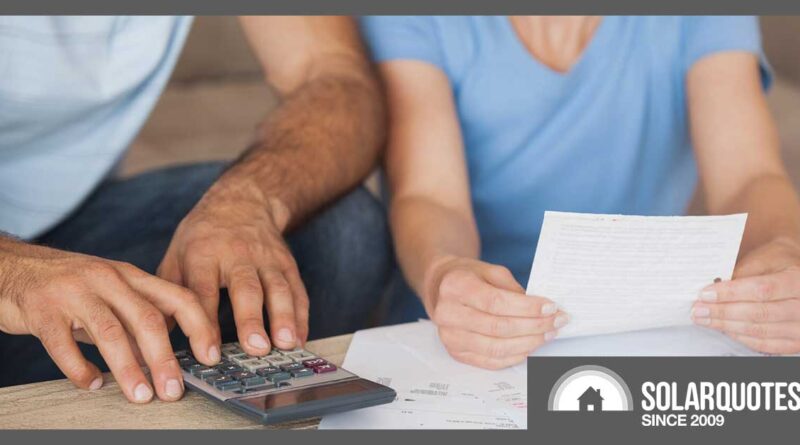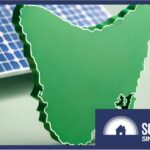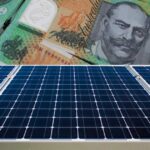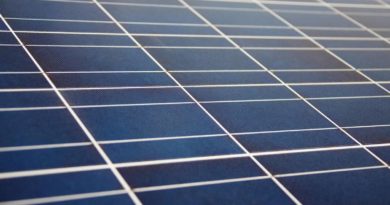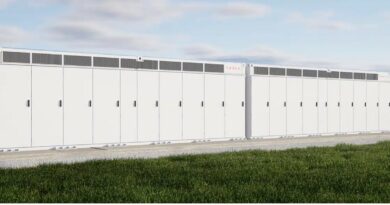Victoria’s Household Energy Bills Top $4,000 A Year: Vinnies

Victorian households are feeling hip-pocket pain, with some dual fuel (gas and electricity) household energy costs topping an eye-watering $4400 a year. This is a rise of more than $800 compared to last year according to the St Vincent de Paul Society.
The rises are detailed in the latest round of the Society’s Victorian tariff tracker (pdf).
While Victorian Premier Dan Andrews has foreshadowed a possible extra round of the $250 Power Saving Bonus, St Vincent’s general manager for policy and research Gavin Duffy has been quoted on Channel 7 and Channel Nine news programs as saying it’s not enough.
“The people we see coming through asking for support from the St Vincent de Paul Society, they certainly need it, and they could do with more than $250,” he said on Seven news.
The Most Affected Areas In Victoria
The research found the worst hit are households in Kilmore, Seymour, Violet Town, Nagambie, Wangaratta, Chiltern, Wodonga, Gippsland and the Mornington Peninsula. The lowest increases were experienced in the CBD, inner city and North Eastern regions.
The Role Of Solar Energy
Solar power systems make a significant contribution for those who have them. Households with small 3kW systems can save between $756 and $1000 annually. Note that the average size solar system sold today is closer to 9kW, offering much higher savings.
Solar Owners Should Check Their Tariffs
However, there is a considerable price spread in electricity tariff for solar owners. Based on the best and worst market offers for single-rate customers with a 3kW system and consumption of 4800 kWh, the Vinnies research found bills could vary between around $700 a year and nearly $1300.
“For solar offers, the maximum price-spread is around $440 in Powercor, $430 in Ausnet, $360 in United Energy and Jemena, and $210 in Citipower”, the research said.
Worried you’re not on the best deal? You can compare local tariffs with our electricity plan comparison tool, or engage Bill Hero to continuously check all the available offers against your usage patterns and alert you to the cheapest. (If you sign up with Bill Hero, SQ typically get a $20 referral fee.)
Regional Areas Saving More With Solar Panels
There’s also a difference between metro and regional solar power savings – but it favours the regions. Melbourne customers with a small 3kW system save between $745 and $815 compared to non-solar households; but non-metro households would see average savings between $875 and $1000.
It’s Increasingly Important To Switch Tariffs
The price spread in default market offers (DFOs) also showed a considerable price spread:
“Typical consumption households (4,800kWh per annum) on the VDO (Victorian Default Offer) can save around $450 and $595 if switching to the best published market offer,” the report said.
This is larger than the savings available by switching tariffs last year, which was between $120 and $350 annually.
Vinnies found electricity DFOs rose 26% in the year, while prices of gas standing offers from AGL and Origin Energy rose by 23% and Energy Australia’s by 28%.
Original Source: https://www.solarquotes.com.au/blog/vic-household-energy-bills/

